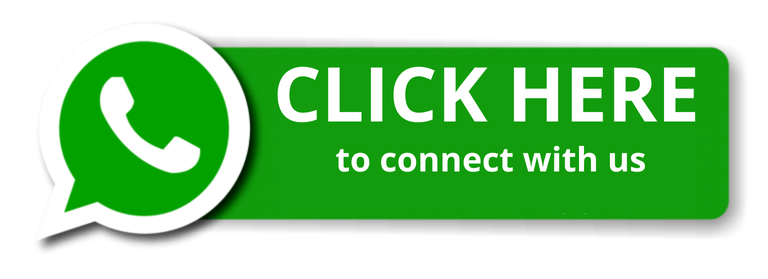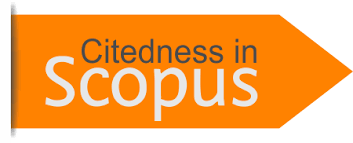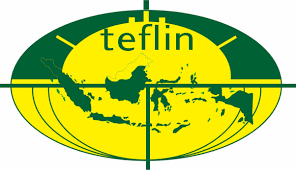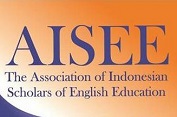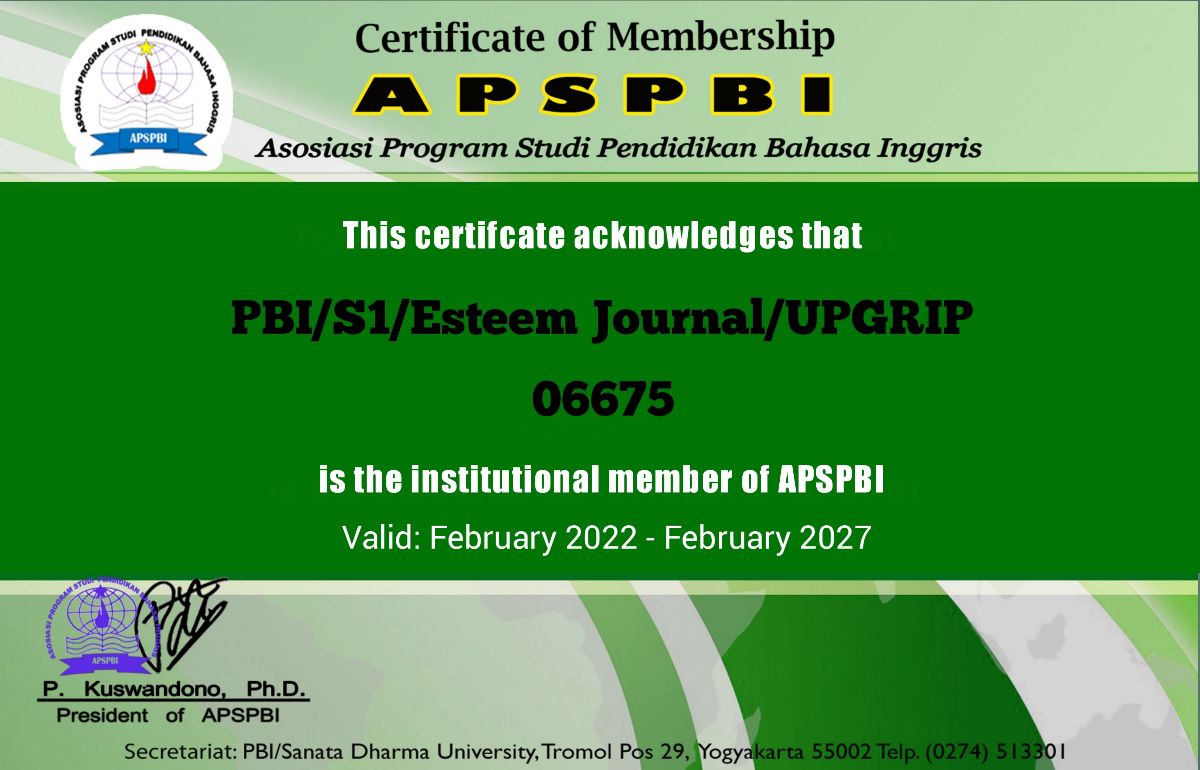IMPROVING NINTH GRADE STUDENTS’ SPEAKING SKILL THROUGH THE APPLICATION OF PROBLEM BASED LEARNING (PBL) METHOD AT SMPN 3 TUNGKAL JAYA MUBA
DOI:
https://doi.org/10.31851/esteem.v5i1.7698Keywords:
Problem Based Learning Method, Speaking skill.Abstract
This research is aimed at improving the ninth-grade students’ speaking skill through Problem Based Learning (PBL) method when it is applied in teaching speaking. The research was carried out through action research. The researcher acted with the students and the English teacher as the collaborator. The subjects of the research were 20 students of Ninth Grade of SMPN 3 Tungkal Jaya, Musi Banyuasin in the academic year of 2021/2022. The data collection included the application of Problem Based Learning method in three cycles. The data were analyzed using quantitative and qualitative data. The research findings showed that Problem Based Learning method improve students’ speaking skill. It enables students to practice some speaking techniques in the form of group work, and it eases them in improving speaking. The improvement of speaking skill can be seen from the result of speaking test which has the mean score test 1 is 50%, test 2 is 70% and test 3 is 85%. This research also showed that the activities in Problem Based Learning enhance students’ skill in improving speaking skill. The conclusion suggests that the application of Problem Based Learning method improve the ninth grade students’ speaking skill effectively at SMPN 3 Tungkal Jaya, Musi Banyuasin.
References
Albion, P. & Gibson, L. (2000). Problem-Based Learning as a Multimedia Design Framework in Teacher Education. Journal of Technology and Teacher Education
Arikunto, Suharsimi. (2013).Prosedur Penelitian Suatu Pendekatan Praktek. Jakarta: Rineka Cipta
Arends,RichardI.2013.BelajaruntukMengajar(Learning toTeach).TerjemahanolehMadeFridaYulia.2013. Jakarta:SalembaHumanika.
Barrows, H.S. (1986) A taxonomy of problem-based learning methods, Medical Education, 20(6): 481–486
Darwati (2013) Problem-based Learning in Education for the Professions. Sydney: Higher Education Research and Development Society of Australasia.
Sarpani (2017). Foundations of Problem-Based-Learning. New York, USA: Open University Press
Bell, Joseph R. (2008). Utilization of Problem-Based Learning in an Entrepreneurship Business Planning Course.New England Journal of Entrepreneurship
Bligh, J. (1995). Problem Based, Small Group Learning. British Medical Journal. 311,342-343. Retrieved on July 20th 2021fromhttp://www.alliance.brown.edu/pubs/themes_ed/act_research.pdf
Bridges &Halinger. (1999). The Use of Cases in Problem Based Learning. Journal of Cases in Educational Leadership., 2(2), 1-5. Retrieved on July 30th 2021
Hermiyanti. (2013). The Power of the Group: Foundations for long-life Learning. Queensland: Zeus Publications
Estika. 2015. Discourse Analysis. Cambridge. Cambridge University Press
Ivo (2016). In Gallow. (2001). What is Problem Based Learning? From http://www.pbl.uci.edu/whatis pbl.html. Retrieved July 30, 2021.
Yuni. 2014. Teaching by Principles: An Interactive Approach to Language Pedagogy. New Jersey: Prentice Hall Regents
Burns, A. & Joyce, H. 1997. Focus on Speaking. Sydney: Macquire University Press
Burruss, J. (1999). Problem Based Learning. Science Scope
Cameron, Lynne. (2001). Teaching Languages to Young Learners. Cambridge: Cambridge University Press.
Creswell. (2008). Educational Research, Planning, Conducting, Evaluating, Quantitatif, and Qualitative Research (2Ed). Upper Saddler River, New Jersey: Pearson Education Inc
Dastgeer, Ghulam & Afzal, M.T. (2015). Improving English Writing Skill: A Case of Problem Based Learning. American Journal of Educational Research, 3(10):1315-1319. doi: 10.12691/education-3-10-17. Retrieved on July 29th 2021
Delisle, R. (1997). How to use problem-based learning in the classroom: Ascd.
Eccles,J.(1999).Thedevelopmentofchildrenags6to14.Retrievedfromhttp://www.princeton.edu/futureofchildren/publications/docs/09_02_02.pdf
Fraenkel, et al (2011). How to Design and Evaluate Research in Education. ISBN-13: 978-0-07-809785-0 (hardback) ISBN-10: 0-07-809785-1
Frolic,M&Spada,N.(1995).COLT(CommunicativeOrientationofLanguageTeachingObservation Sheme) Coding conventions and Applications. Sydney: National Centre for ELT &
Gay, L. R et al,. (2009). Educational Research: Competencies for Analysis and Applications. New Jersey: Pearson Education, In., Upper Saddle River
Gebhard.G. J. (2001).Teaching English as a Foreign Language. Michigan. The University of Michigan Press
Hamzah &Koni S. (2016). Assessment Pembelajaran. Jakarta. PT BumiAksara.
Harun, N.F, Yusof, K.M, Jamaludin, M.Z, Hassan, S, A, H, S. (2012). Motivation in Problem Based Learning Implementation. Kuala Lumpur. Procedia – Social and Behavioral Sciences 56 233-242.
Suyeti, (2015). The Practice of English Language Teaching. Pearson Education Limited.
Johari, (2012). How to Teach English. Malaysia: Addison Wesley Longman Limited
Yanti, (2012). How to Teach English. London: Pearson Longman.
Yulia,.(2013).T he practice of English language teaching (3rded.).Pearson Education: Longman.
Rezka,. (2017). Teaching and Learning on the Language Classroom. New York: Oxford University Press
Herianto. (2018). The Effect of Using Problem Based Learning (PBL) Method Toward Students’ Speaking Skill (AnExperimental Research at the Eleventh Grade Students’ of SMA SombaOpuKabupatenGowa)
Hilman, W. (2003). Learning How to Learn: Problem Based Learning. Australian Journal of Teacher Education, 28(2). James Cook University. (A Journal) Hmelo-Silver
Hornby, A.S., (1995) Oxford Advanced Learner’s Dictionary of Current English.Oxford: Oxford University Press.
Huang, I.Y. (2008). Role Play for ESL/EFL Children in the English Classroom. Retrieved June 4th, 2012 from: The Internet TESL. Journal, (http://iteslj.org/Techniques/ Huang – Role Play.html)
Darul. A. (2012). Testing For Language Teachers. Cambridge: Cambridge University Press.
Darul. (2012). Public Speaking. Jakarta: Gramedia Widiasarana
Ibrahim & Nur (2000) as cited in Juhari,Agusalim and Muthahharah, Isma. (2020).Implementation of Problem Based Learning Model with Problem Posing-Solving Approach in Mathematics Learning during Covid-19 Pandemi.STKIPPembangunan Indonesia
Inel&Balim. (2015). “The Effects of Using Problem-Based Learning in Science and Technology Teaching Upon Students‟ Academic Achievement and Levels of Structuring Conceptsâ€
Johnson, D.W. & Johnson, F.P. (1987). Joining Together Group Theory and Group Skill. London: Prentice Hall International
Juhari, Agusalim&Muthahharah, Isma.(2019). Implementation of Problem Based Learning Model with Problem Posing-Solving Approach in Mathematics Learning during Covid-19 Pandemic. Proceeding of The International Conference on Science and Advanced Technology (ICSAT)
Yetno. (2014). “Teaching Speaking: activities to promote in second language†The Internet TESL.Journal, vol.VII, II, retrieved on January 5th 2012 from http://iteslj.org/article/kayi-teaching speaking.html
Kemmis, Stephen & Robin, Mc Taggart. (1998). The Action Research Planner (3rd ed). Victoria: Deakin University Press.
Hadi,. 2017. Speaking of Teaching: Problem Based Learning. Standford University Newsletter on Teaching, 11(1). Standford University.
Mufaidah. (2014). Problem Based Learning: Enhancing Students‟ Speaking Skill on the Second Year Student of SMP N 1 Atap Bandung in the Academic Year
2013/2014
Muhtawarmi. (2018). â€Improving Students’ Speaking Skill by Using Problem based Learning(PBL) Model (A Study at Second Grade Junior High School of SMPN 1 Timang Gajah)â€. Banda Aceh
Milone, A. (2003). Realia as applied in italian classroom. New York: Benjamin Franklin High School.
Rogayah, (2013). Language Teaching Methodology. London: Prentice Hall International. =
Rachma. (2015). Practical English Language Teaching. New York: Mc. Graw-Hill Companies, inc.
Shala, .(2014).Learning vocabulary through games .Asian EFL journal. Nunan,D. 2003.ListenIn,Book1(2nded.).Boston: Thomson Heinle.
Othman, N.& Shah, M, I, A. (2013). Problem-Based Learning in the English Classroom. Ottawa.
(2015). “The Effect of Problem Based Learning on Problem Solvingâ€. Gifted Child Quarterly. Accessed on Monday 23rd of January 2017.
Elfita, (2015). Foundations of Problem Based Learning. Birkshire: The Society for Research into Higher Education & Open University Press.
Schmidt, H.G., Henry, P.A., & de Varies, M. (1992). Comparing Problem-Based with Conventional Education: A Review of the University of Limburg Medical Education Experiment. Annals of Community Oriented Education, 5, 193-198
Semiawan. (1985). PendekatanBerbasisMasalah. Penerbit. PT. Gramedia, Jakarta.
Segarra,G.(n.d)Performanceaskinesis:facilitationandlanguageteachingasactivistperformance.NationalUniversityofSingaore.Retrievedfrom:http://www.nus.edu.sg/celc/research/books/relt/vol6/no2/65-75navera.pdf
Simaibang, Baginda. (2017). English Language Teaching in a Foreign Situation, Second Edition. Palembang: CV Citra Books Indonesia
Situmorang, Manihar. (2018). Penelitian Tindakan Kelas. Strategi Menulis Proposal, Laporan, dan Artikel Ilmiah. Depok: PT RajaGrafindoPersada
Auliadi, (2013). Problem Based Learning Innovation. using problems to power learning in 21st century. Singapore: Thomson
Tai, Gillian Xiao Lian & May Chan Yuen. 2007. Authentic AssessmentStrategies in Problem BasedLearning. Singapore: Journal Thornbury, Scott.
2005. How to teach speaking. New Jersey: Pearson Education ESL
Ivo. (2016). Berbicara sebagai suatu
Ketrampilan berbahasa. Bandung: Angkas
Downloads
Published
Issue
Section
License
Copyright Notice
Authors who publish with this journal agree to the following terms:
In order to assure the highest standards for published articles, a peer review policy is applied. In pursue of the compliance with academic standards, all parties involved in the publishing process (the authors, the editors and the editorial board and the reviewers) agree to meet the responsibilities stated below in accordance to the Journal publication ethics and malpractice statement.
Duties of Authors:
- The author(s) warrant that the submitted article is an original work, which has not been previously published, and that they have obtained an agreement from any co-author(s) prior to the manuscript’s submission;
- The author(s) should not submit articles describing essentially the same research to more than one journal;
- The authors(s) make certain that the manuscript meets the terms of the Manuscript Submission Guideline regarding appropriate academic citation and that no copyright infringement occurs;
- The authors(s) should inform the editors about any conflict of interests and report any errors they subsequently, discover in their manuscript.
Duties of Editors and the Editorial Board:
- The editors, together with the editorial board, are responsible for deciding upon the publication or rejection of the submitted manuscripts based only on their originality, significance, and relevance to the domains of the journal;
- The editors evaluate the manuscripts compliance with academic criteria, the domains of the journal and the guidelines;
- The editors must at all times respect the confidentiality of any information pertaining to the submitted manuscripts;
- The editors assign the review of each manuscript to two reviewers chosen according to their domains of expertise. The editors must take into account any conflict of interest reported by the authors and the reviewers.
- The editors must ensure that the comments and recommendations of the reviewers are sent to the author(s) in due time and that the manuscripts are returned to the editors, who take the final decision to publish them or not.
Authors are permitted and encouraged to post online a pre-publication manuscript (but not the Publisher final formatted PDF version of the Work) in institutional repositories or on their Websites prior to and during the submission process, as it can lead to productive exchanges, as well as earlier and greater citation of published work (see The Effect of Open Access). Any such posting made before acceptance and publication of the Work shall be updated upon publication to include a reference to the Publisher-assigned DOI (Digital Object Identifier) and a link to the online abstract for the final published Work in the Journal.





